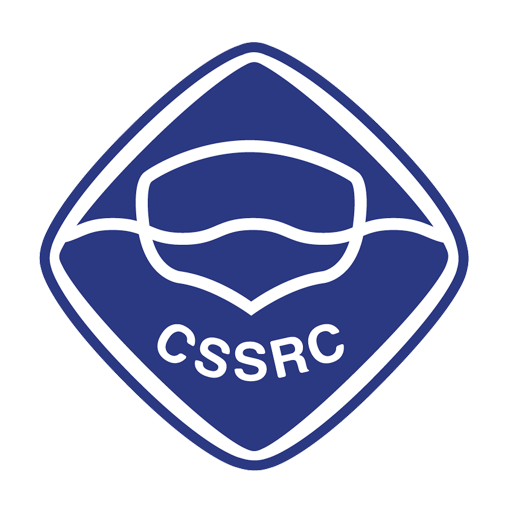Research on Inverse Wave-making and Wave-absorbing Control Method Based on Neural Network
Cao Juan, Wang Chen, Zhao Xizeng, Wei Weijia, Xie Yulin, Fan Yifan (1)
Numerical Investigation on Wake Flow Structure and Hydrodynamic Characteristics of Flow Around C-shaped Cylinder
Gao Yue, Zhu Hongjun, Zhou Xinyu, Zhou Mai (8)
Study on Exceeding Probability of Extreme Dynamic Response of Adjacent Floating Bodies under Random Waves by Using Active Learning Method
Liu Yi, Shen Jiacheng, Bai Xiaodong, Zhang Wei (17)
Study on Hydraulic Characteristics of Helicoidal-Ramp Dropshaft with Side Sills
You Lei, Ma Fei, Wu Jianhua, Ding Zhiyu, Mou Shiqi (22)
Study on Hydrodynamic Response of Parallel Berthing Structures
Yu Jun, Cheng Xiaoming, Wu Xiaofei, Xie Chunmei, Cai Zhiwen, Chen Feng, Ni Xinyun (28)
Numerical Investigation on Vortex Flow and Hydrodynamic Performance of Bow Thrust Channel
Zhai Shucheng, Chen Leiqiang, Zhao Qiang, Liu Dengcheng, Hong Fangwen (35)
Investigation on Cavitation Erosion Risk Discrimination and Classification Method
Cao Yantao, Xu Lianghao, Peng Xiaoxing (41)
Mathematical Modeling and Simulation Analysis of Maneuvering Motion of Waterjet Propulsion Ship
Liu Xiaojian, Hou Ke, Wu Yongshun, Yang Sujun (46)
Numerical Simulation of Ice Breaking Capacity of a Rotating Body Moving Underwater Based on CFD-DEM Method
Ni Baoyu, Tan Hao, Li Hongyuan, Zhou Shuo (52)
Study on Collapse Process of Single Bubbles in Free Space
Han Wang, Zhu Bing (58)
Experimental Investigation on Mode-2 Internal Solitary Wave and its Induced Flow Field in Continuous Density Pycnocline
Wang Shaodong, Du Hui, Peng Pai, Xuan Pu, Wang Guanjing, Lu Zheyu, Wei Gang (66)
Experimental Study of Wave Attenuation by Quadrangular Hollow-Block Breakwater
Hu Miao, Lan Liwei, Yan Yinwang, Yang Yafei, Luo Min, Feng Xingya (73)
Experimental Study on Local Scour around Monopile Foundation in Breaking Waves
Tao Gang, Zhao Xizeng, Hou Yadong, Shi Zijie, Hu Zhifeng (81)
Investigation into the Multiscale Characteristics of Cavitation Flow under Different Cavity Shedding Mechanism
Tian Beichen, Li Linmin, Huang Biao (87)
Investigating Effect of Free Heave Motion of Floating Body on Moonpool Resonance under Wave Action
Lan Junjie, Huang Yongqiang, Jiang Shengchao (97)
Research on Self-Propelled Motion of Bionic Fish by CFD-PID Method
Wang Pengfei, Li Ruoxin, Yu Kai (104)
Numerical Investigation of Wall Pressure Fluctuations of SUBOFF Based on Wall-Modeled Large-Eddy Simulation
Fan Guoqing, He Yihang, Zhao Weiwen, Wan Decheng (109)

